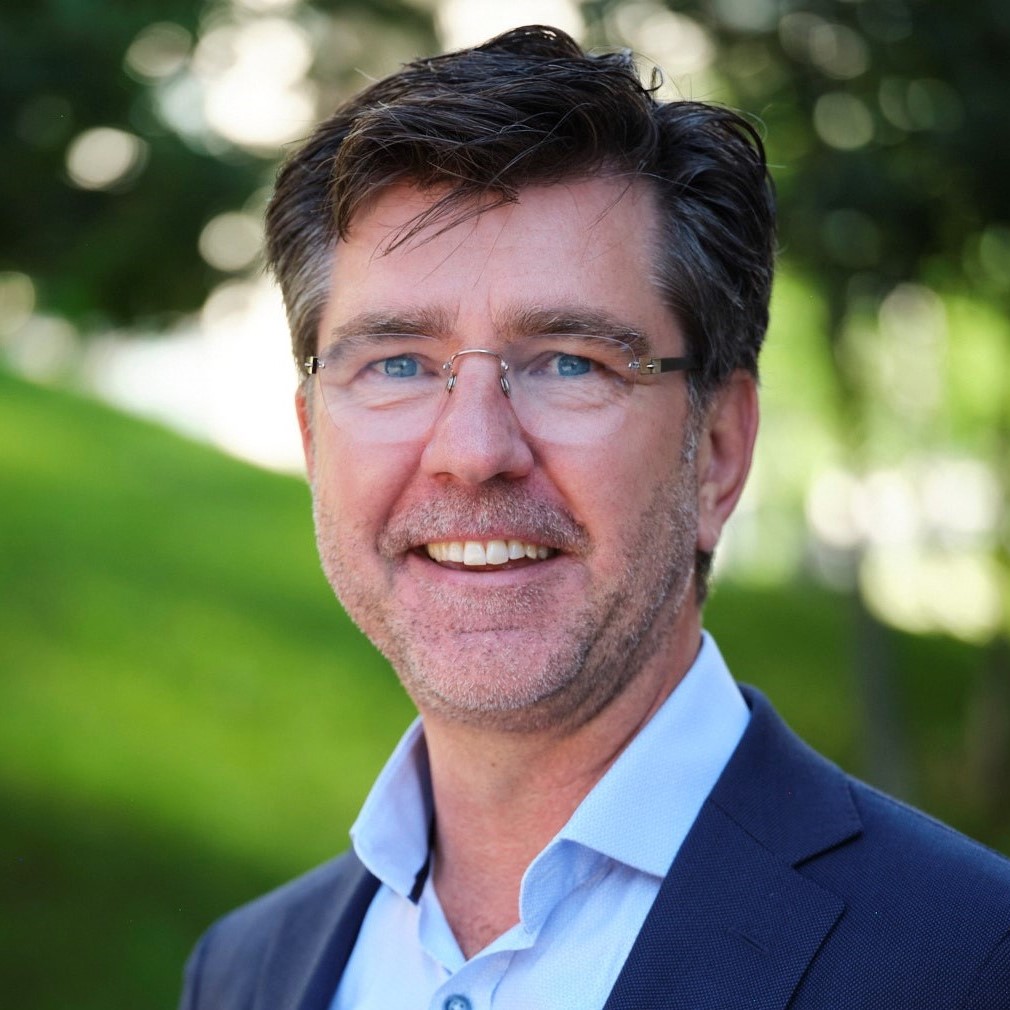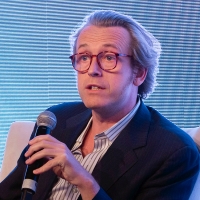2023 Conference Presentations & Speakers
Keynote – Dolf Gielen, World Bank
We open our 2023 annual conference with a keynote from Dolf Gielen, Senior Energy Economist at the World Bank. Q&A moderated by Trevor Brown (Executive Director, AEA).
Ammonia can be a key clean hydrogen carrier for the coming decades. It offers the prospect of a new clean energy commodity that can be traded widely. However, such trade will depend critically on a harmonized international certification system for the embedded greenhouse gas emissions. This presentation will elaborate the market potential as well as the investment and financing needs based on new analysis. It will draw on the recent clean hydrogen certification experience to suggest solutions for the way ahead.
 Dolf Gielen – Senior Energy Economist, The World Bank
Dolf Gielen – Senior Energy Economist, The World Bank
Global Ammonia Certification As Enabler for Accelerated Investment and Financing
Panel – Certification for Offtake
This session examines the role of offtake agreements as a key element of project finance.
The AEA’s certification system will enable project developers to “pre-certify” an ammonia plant during the design and engineering stage, in advance of financial close. The panel will discuss the ways in which such pre-certification can best provide assurance that the delivered product will meet the requirements of offtakers, and support bankability for low-carbon ammonia plants in development.

The Path: How An Application Becomes A Loan
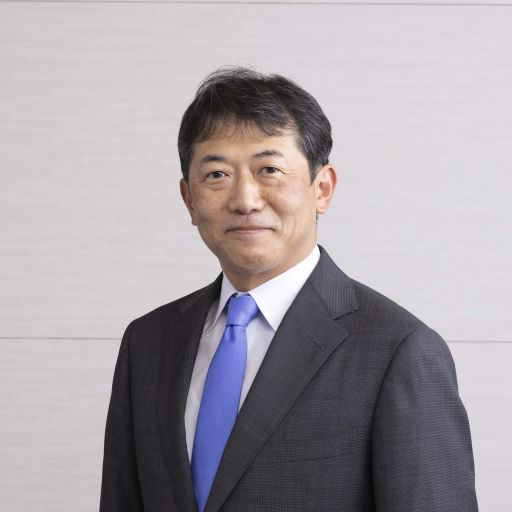
Ammonia insights from maritime industry

Market Based Demand Creation Mechanisms and Certification
 Dolf Gielen – Senior Energy Economist, The World Bank
Dolf Gielen – Senior Energy Economist, The World Bank
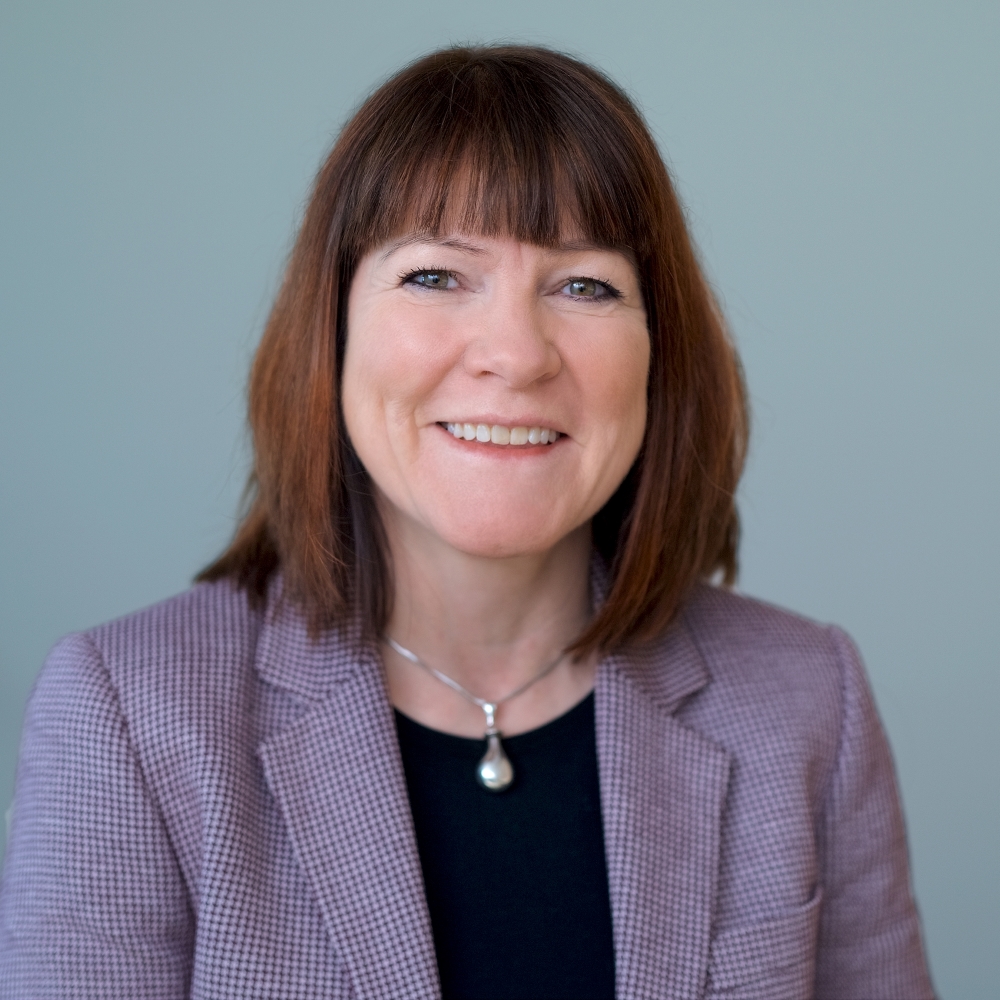
Panel – Certification for Data Quality
This session will examine the need for high quality data as an input to certification, ensuring the accuracy and credibility of the certification system.
The AEA’s certification system will require data inputs from gas and electricity suppliers, as well as from CO2 offtakers and other users, in order to calculate an absolute carbon footprint. For some inputs, well-established standards and certification schemes exist (eg, electricity), although these might not be globally consistent; for other inputs, satisfactory data may be more difficult to collect today. Even with high quality inputs, some markets will require a higher standard of assurance than a digital certification scheme can supply, creating demand for physical verification layers. The credibility of the AEA’s proposed global certification system rests on the requirement that data used within the scheme is sufficiently robust, and that where there is a gap – for example, a lack of international standards – we are able to identify this gap and push for it to be addressed.

Impact of Methane on Natural gas and data quality
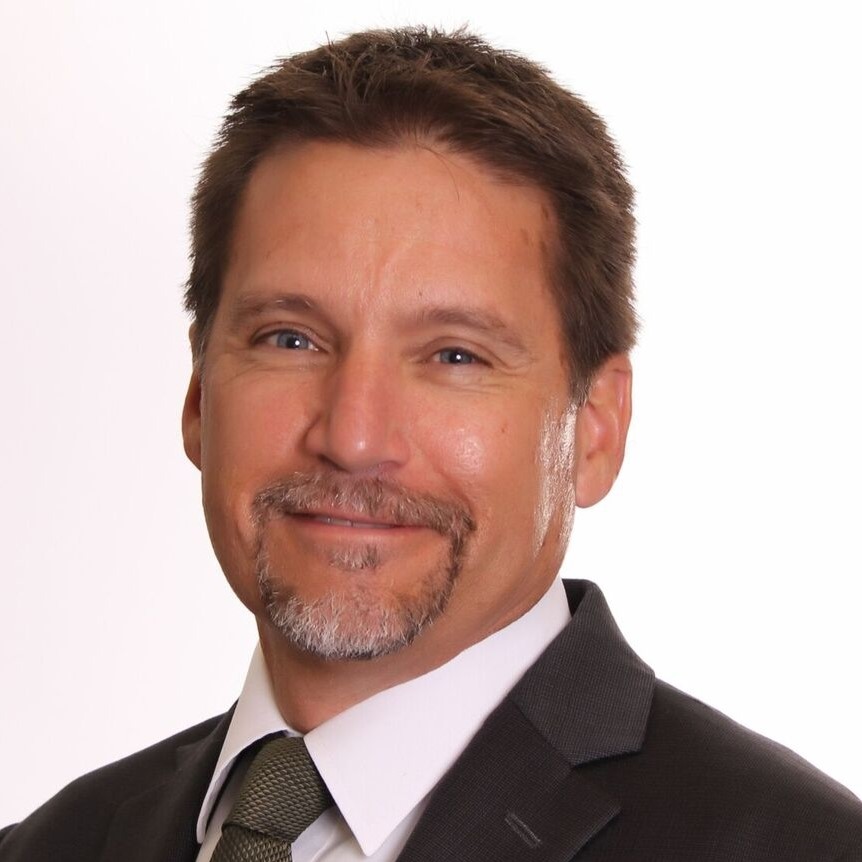
Ammonia Authentication as a Key Component of the Certification Framework

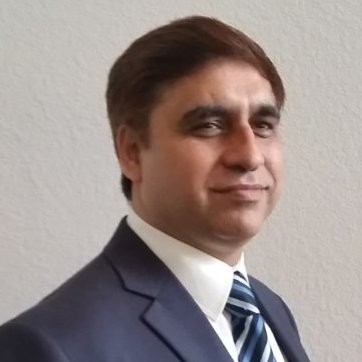
Bureau Veritas: Hydrogen & Ammonia certification scheme & label

Ensuring upstream certification data quality
Certification – Methodology I: Scope & Core Energy Inputs
Our two Methodology sessions will explore the AEA’s certification methodology document (“Ammonia Carbon Footprint Calculation Methodology v1.0 Final Draft”), with AEA consultants Hinicio and the co-chairs of the AEA’s certification working groups. Our speakers will unpack and explain the newly-released document in discussion with the audience.
In this first session, we establish the foundations of the AEA’s methodology for carbon footprint calculations, including the Scope (well-to-gate, gate conditions) and requirements for Data Quality (certifying inputs, cutoff criteria, default values, etc.). We then unpack the concept of Core Energy Inputs (emissions accounting for single & multiple inputs, hybrid plants, batch and co-processing, etc.). Hincio representatives John Bonk & Antonio Parisi will introduce the topics, before the AEA’s certification co-chairs Nicholas Cook (CF Industries), Emile Herben (Yara Clean Ammonia), and Jakob Krummenacher (LSB Industries) lead an open audience discussion.

Carbon Footprint Methodology: Scope & Data Quality, Core Energy Inputs
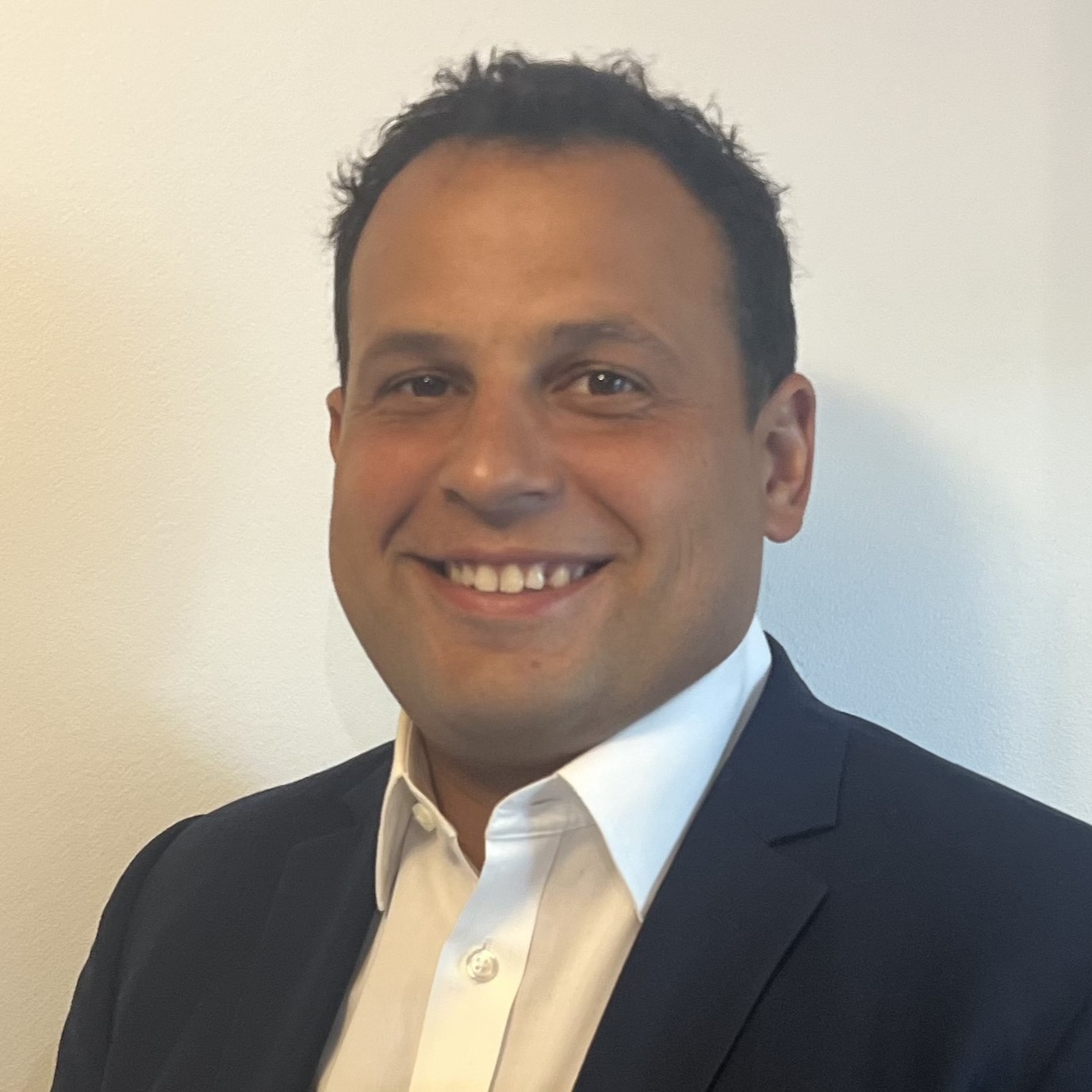
Carbon Footprint Methodology: Scope & Data Quality, Core Energy Inputs



Safety & Regulation – Engagement and Education Best Practices
With more than 100 years of operations, the existing ammonia industry has substantial experience in engaging and educating local communities and government and non-governmental stakeholders on the development and safe operation of ammonia plants. In this interactive workshop session, we discuss safety, public perception, and local engagement in different countries and how this knowledge can support the development of new ammonia installations. As an outcome from this session, we will begin the development of a Best Practice outline for community and stakeholder engagement and public education.
Featuring:

Ammonia Safety in End Use Applications


Ammonia Fuels – Safety and Emergency Management Training Plan
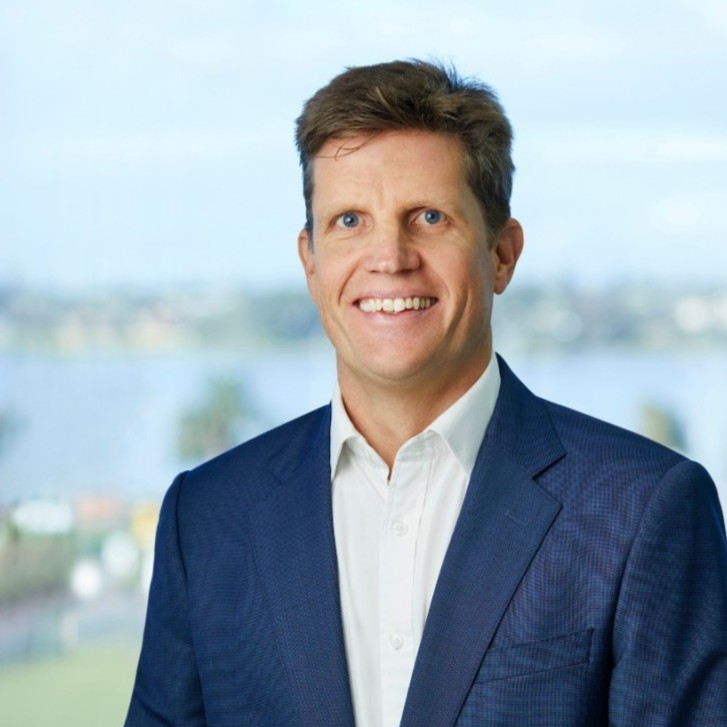
Aboriginal Clean Energy Partnership: East Kimberley Green Hydrogen Project
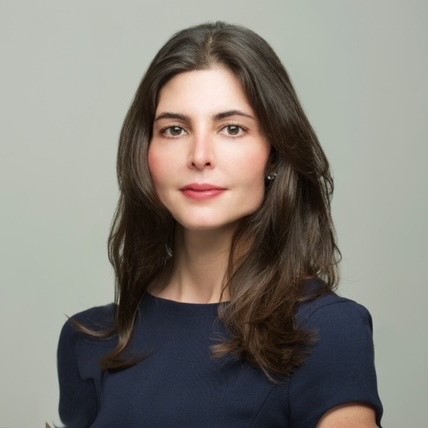

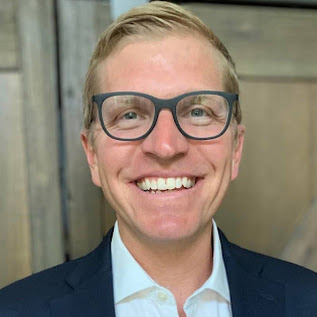
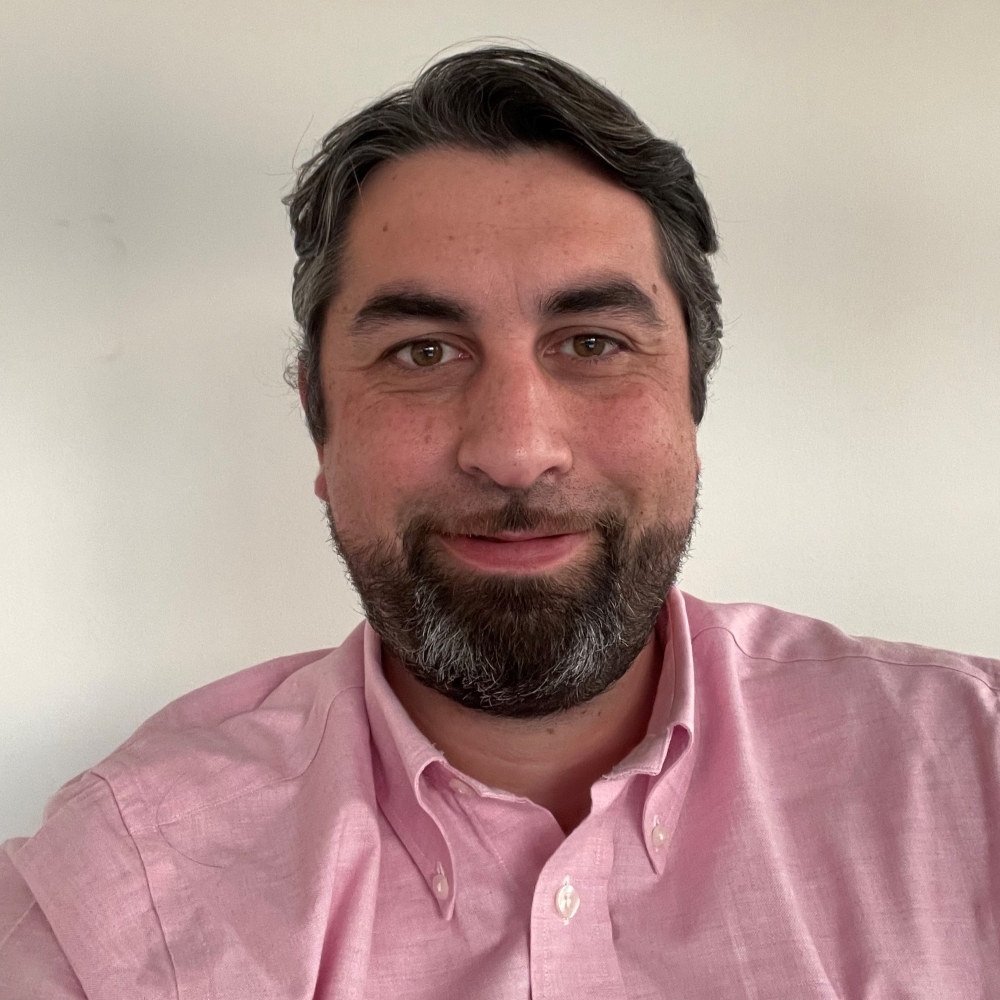
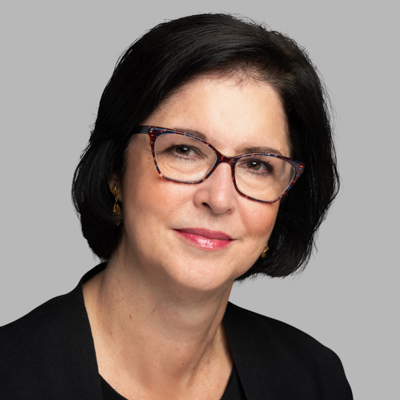
Technology – Emerging Low-carbon Ammonia Applications
Stakeholders in the energy transition are naturally focused on major new applications for ammonia, such as maritime fuel and power generation. With little fanfare, though, a variety of other applications for low-carbon ammonia are emerging. This session will focus on a few such applications. In the first part, representatives of companies in the vanguard will provide an overview of their development efforts. Ammonia for steel, PEM fuel cell refueling, glass manufacturing, aviation and combustion engine fuel will all be explored. The second part of the session will feature discussion of the technological and business challenges that the companies are encountering as they forge ahead, and the solutions they are developing. Common themes across the companies’ experiences will be identified, and lessons for parties from other industries will be suggested.
Featuring:
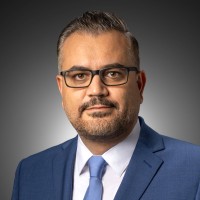
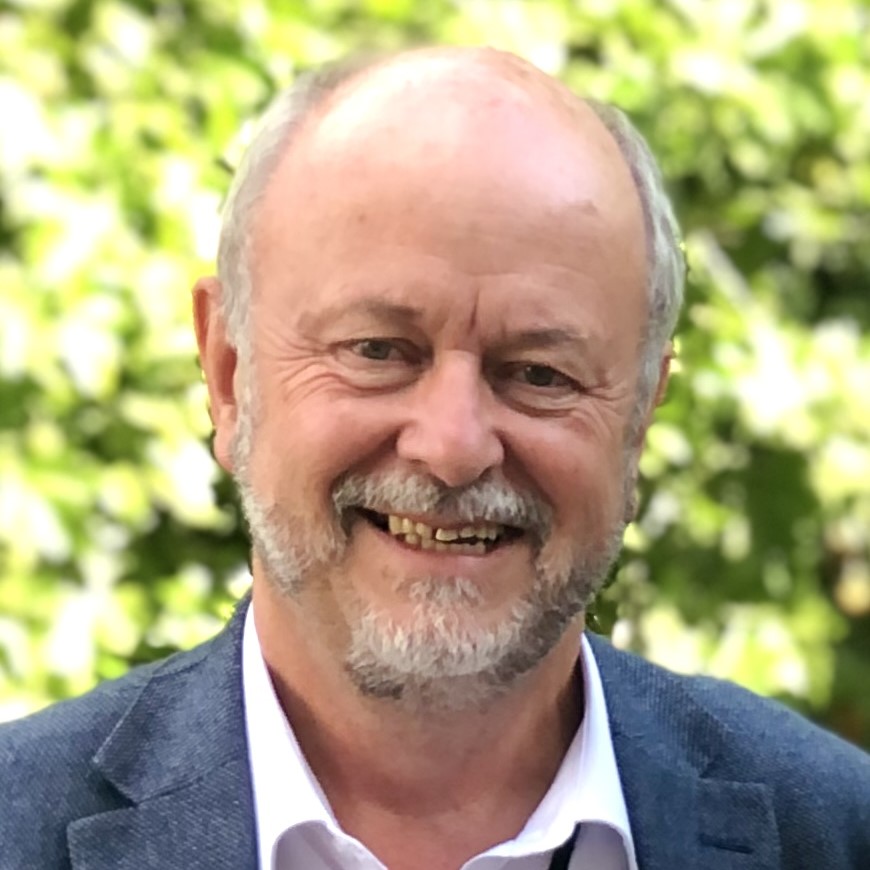
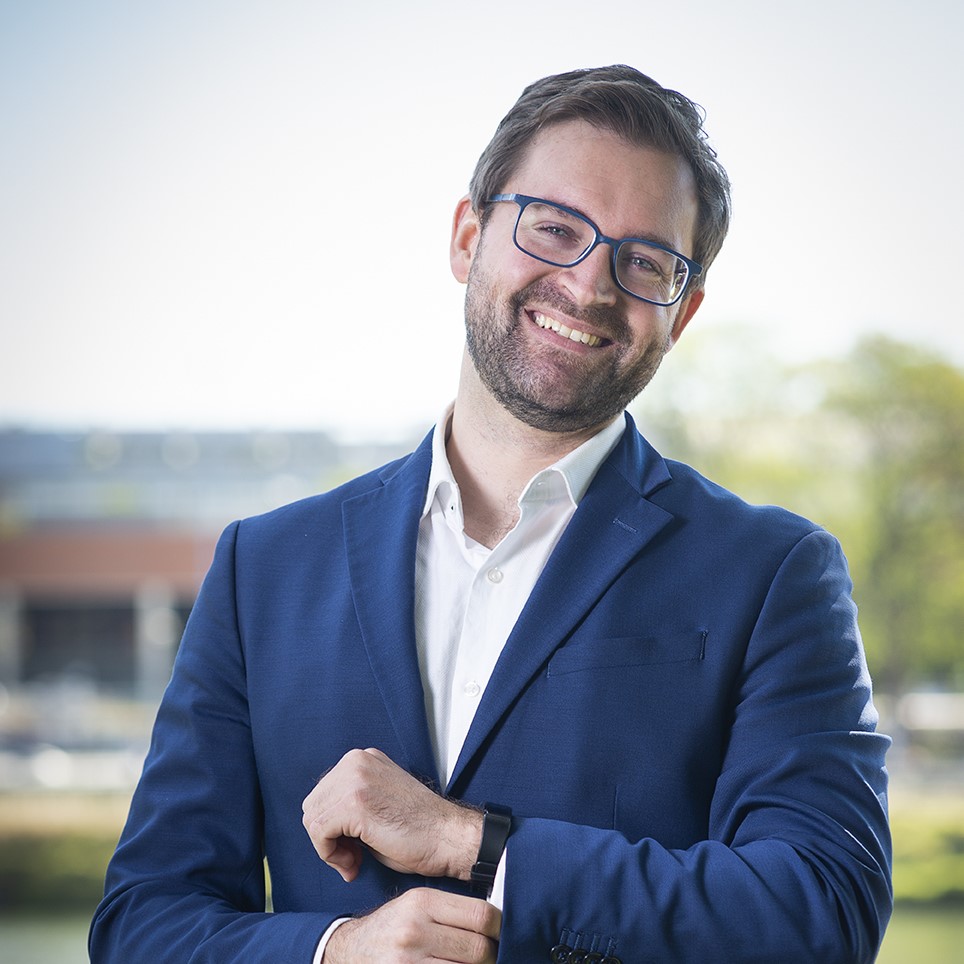
Decentralized ammonia applications for hydrogen refueling stations: from technology to business

Development of fuel ammonia combustion technology in glass melting furnaces
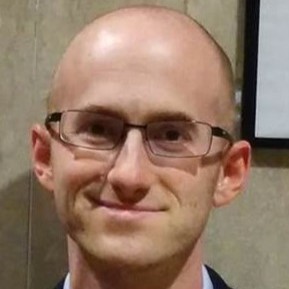
Ammonia Opportunities for Aviation


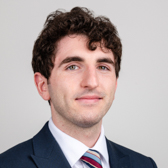
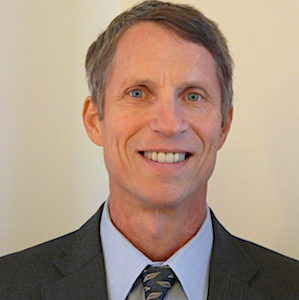
Certification – Chain of Custody
To complement our two Methodology sessions, this session will explore issues related to implementation and scheme logistics, from pre-certification and issuance of a certificate, through the chain of custody, to certificate retirement.
Three areas will be explored: Pre-Certification & Auditing, Implementing Mass Balance and Incorporating Book & Claim, and Certificate Blending. Hincio representatives John Bonk and Antonio Parisi will introduce the topics, before representatives from companies taking part in the AEA’s certification case studies (TBA) lead the audience discussion.



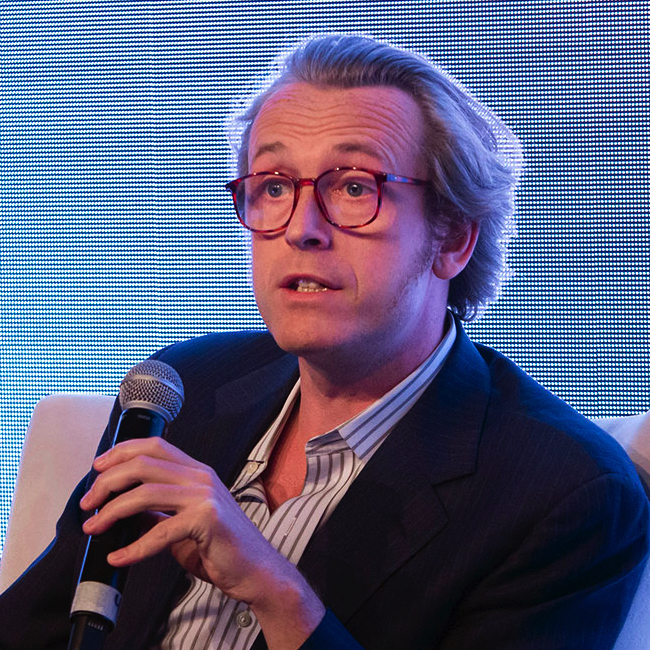
Safety & Regulation – Safety Regulations for Ammonia Terminals
In the Netherlands, the modernization of the PGS-12 standard will create a clear and transparent guideline for safe ammonia terminals in the country. In this interactive workshop session, we discuss how existing regulations should be and can be updated with a tangible example of PGS-12 guidelines. What is PGS-12? What updates were necessary to consider new ammonia applications? How can PGS-12 inform terminal design elsewhere? As an outcome from this session, we will use the discussion to structure a potential best practice guideline for port safety.
Featuring:

PGS-12 NH3 Storage and Handling: code development methodology for a renewable future


PGS 12-Dutch Guidelines for ammonia terminal: applicable worldwide?

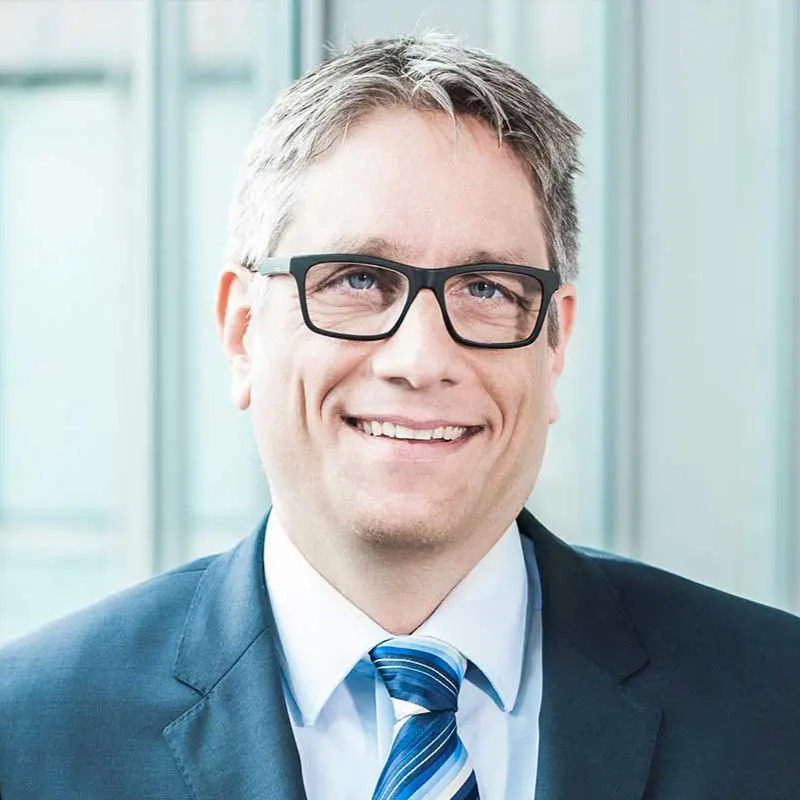


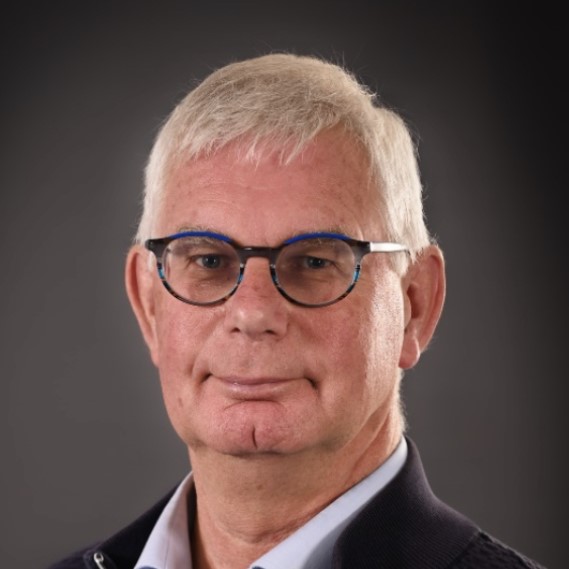
Technology – Establishing the Toolkit for Decarbonizing Existing Gas-based Ammonia Plants
Net zero ammonia production can be achieved through a combination of technologies, and this interactive workshop session seeks to establish a “toolkit” of options for existing plant owners. CCS combined with SMR or ATR, electrolysis and methane pyrolysis pathways will all be explored. We will also assess modifications to SMRs with hydrogen burners, electric heating in eSMR technology, the role of offsets and biogas coupled with CCS (which will also play a key role for urea production).
Featuring:

Decarbonization solutions for existing SMRs
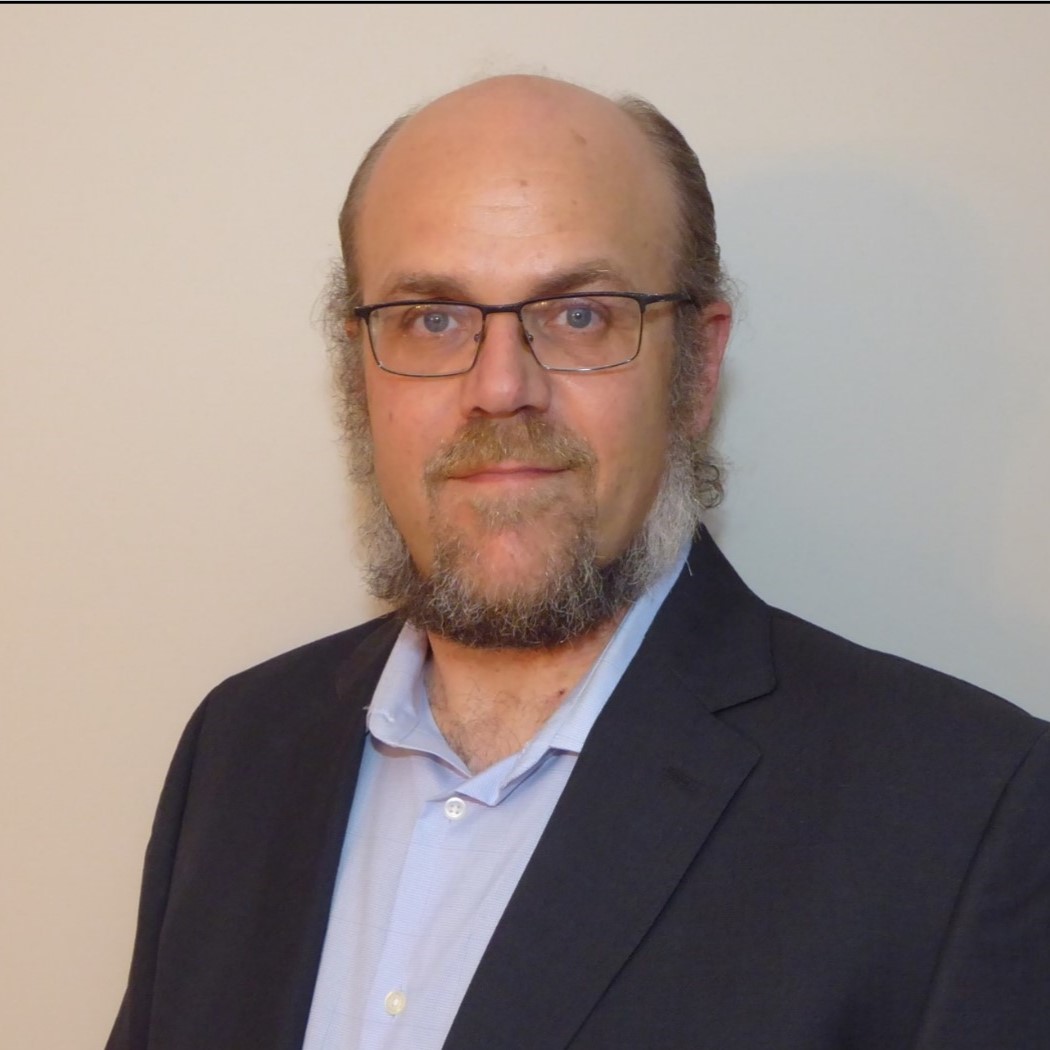
Electric Heating Solutions for SMR-Based Ammonia Plants

Electrolyzer solutions play a fundamental role in Green and Hybrid Ammonia Plants

Impact of Methane emission reductions from natural gas on Ammonia

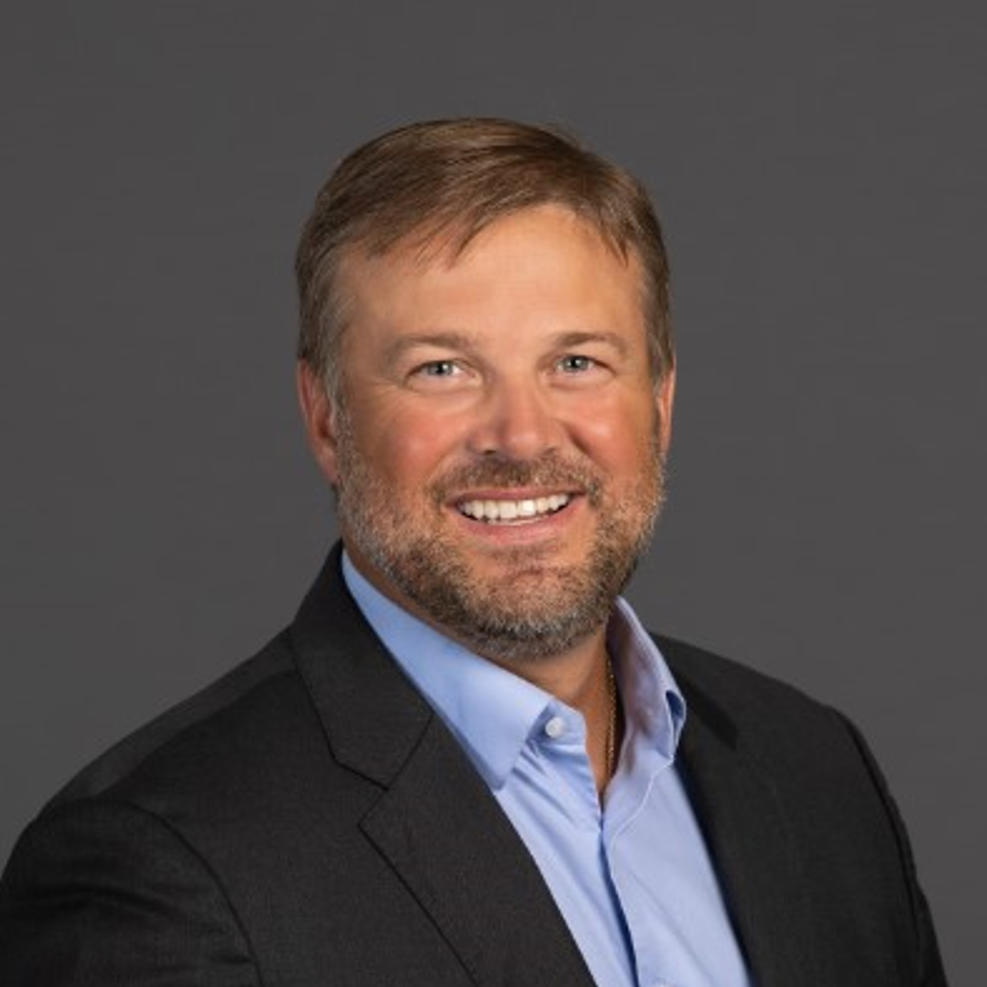
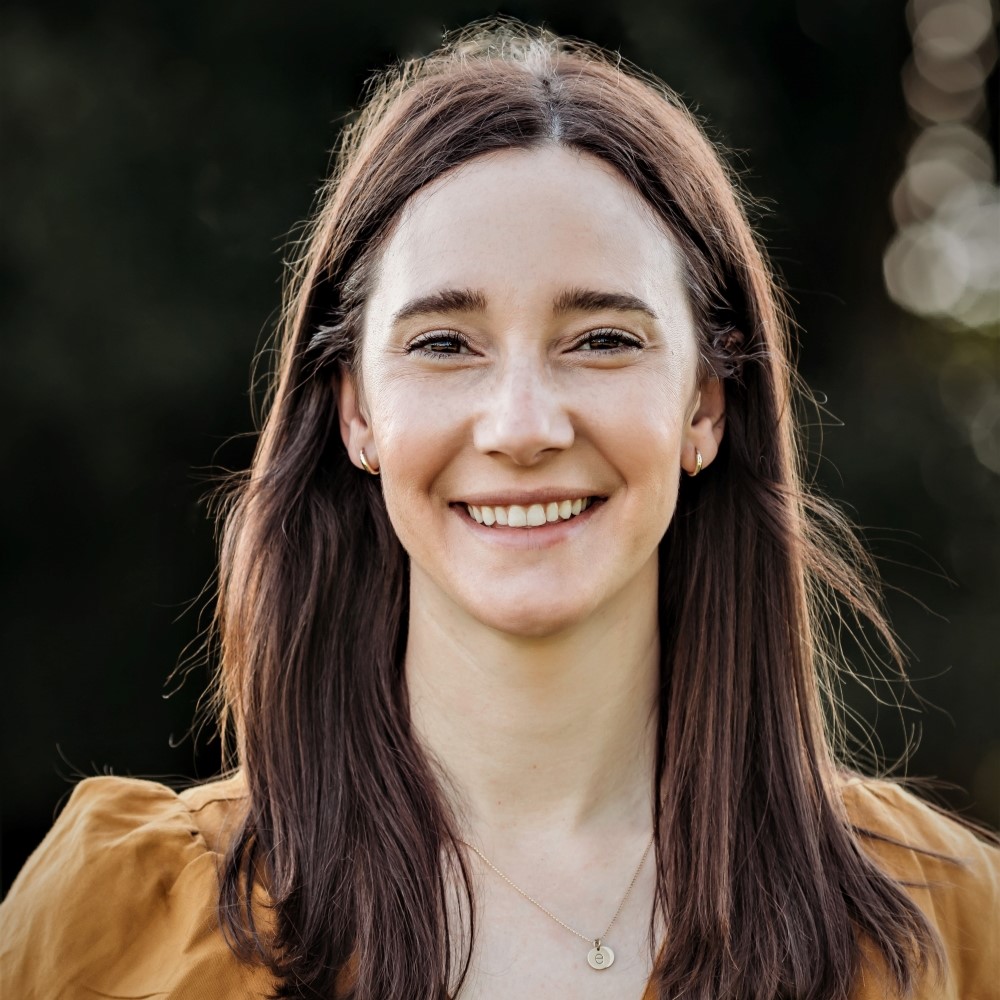
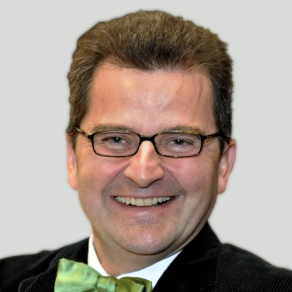
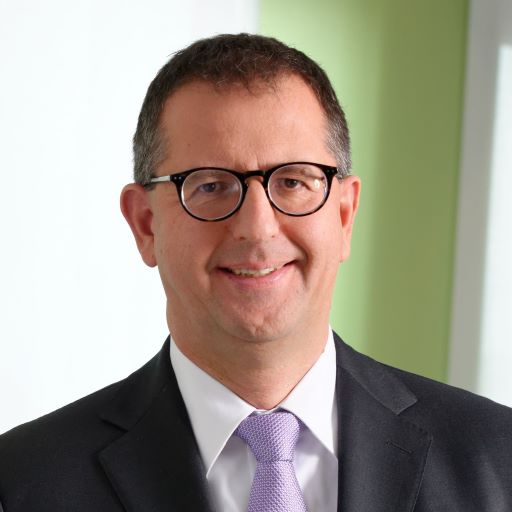
Panel – Certification for Data not Labels
This session focuses on the need for a global certification system to provide data, not just labels, to satisfy a complex range of market requirements.
While the world appears to be steadily moving away from the simplistic color-coding categorization of hydrogen and ammonia, there is still considerable debate around what system might replace these labels. The AEA’s certification system is built around the principle that markets can be enabled when high quality data is collected and communicated, rather than obscured behind a label. This panel discussion will discuss the benefits and challenges of providing such data, and the different approaches being taken across various international markets.

Pragmatic Approaches for Clean Fuel Ammonia

Hydrogen Purchase Agreements: Data requirements from case study H2Global

Certification for Data, not Labels

Certification for Data not Labels: Maritime perspectives

Panel – Certification for Mandatory and Voluntary Markets
This session will focus on the various purposes that certification can serve, whether to meet consumer demands or the requirements of regulators.
The AEA’s ammonia certification system aims to enable ammonia producers, suppliers, and consumers to demonstrate product compliance (or non-compliance) with multiple different regulators and standards. This panel will explore some of these markets and their specific requirements, and discuss the challenge of satisfying different objectives within a single certification system.


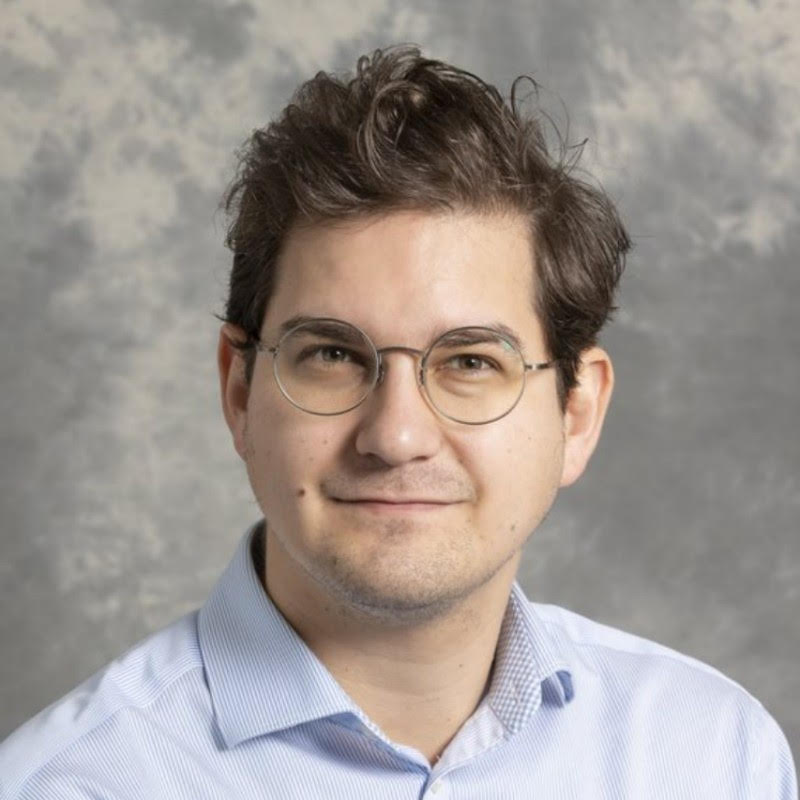
2023 IMO GHG Strategy and considerations for certification
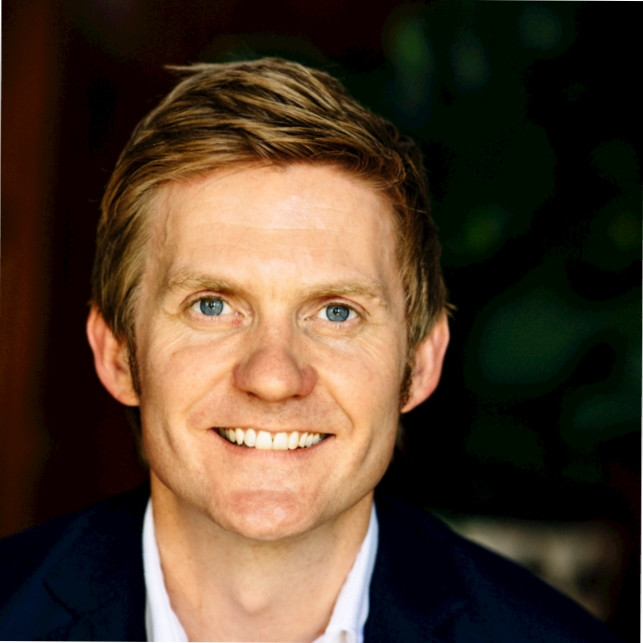
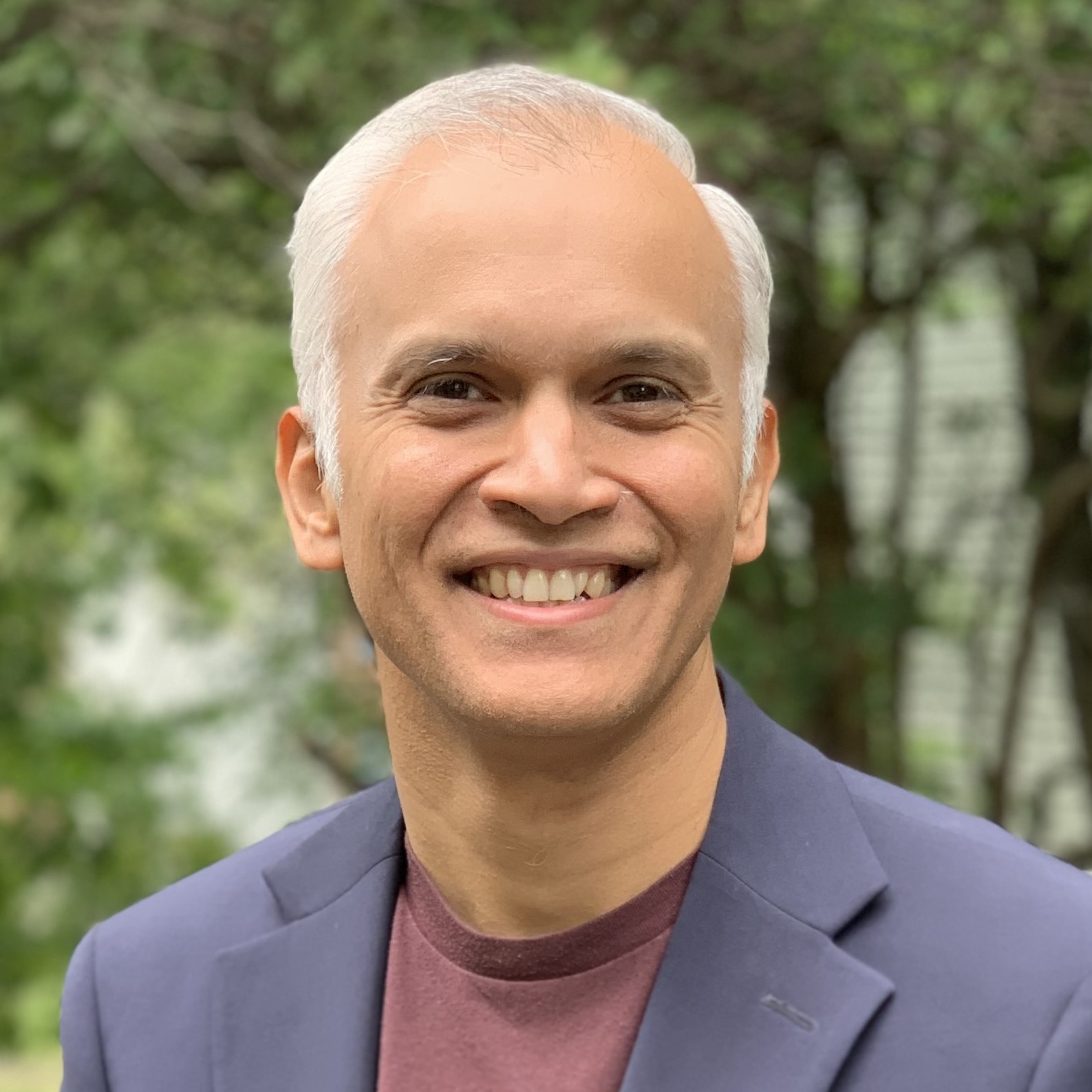
Certification for Mandatory and Voluntary Markets
Certification – Methodology II: CCS & CCU, Complexity
Our two Methodology sessions will explore the AEA’s certification methodology document (“Ammonia Carbon Footprint Calculation Methodology v1.0 Final Draft”), with AEA consultants Hinicio and the co-chairs of the AEA’s certification working groups. Our speakers will unpack and explain the newly-released document in discussion with the audience.
In this second session, we explore two more key areas for our certification scheme, digging deeper into the nuance and complexity of the methodology, including the treatment of CCS & CCU (definitions, long-term versus short-term, accounting for emissions, etc.) and broader issues of Complexity (allocation of emissions between multiple co-products, methane pyrolysis, application of the concept of dynamic plant splitting for partial urea production and variable rates of CCS, etc..). Hincio representative John Bonk will introduce the topics, before the AEA’s certification co-chairs Nicholas Cook (CF Industries), Emile Herben (Yara Clean Ammonia), and Jakob Krummenacher (LSB Industries) lead an open audience discussion.

Carbon Footprint Methodology: CCUS definitions, Multifunctionality

Carbon Footprint Methodology: CCUS definitions, Multifunctionality



Safety & Regulation – The Pathway to a Code for Ammonia as a Maritime Fuel
Before ammonia can be widely adopted as a maritime fuel, robust safety regulations and guidelines must be developed to govern vessel design, bunkering operations, and on-board storage and use. The industry has already developed such regulations for new fuels like LNG, LPG, and methanol. For ammonia – although the hazards are different – the process for developing these regulatory codes will be the same.
There is a strong case for gathering the lessons learned from previous development processes for new fuel regulations, and for asking how upcoming ammonia demonstration projects can best inform the swift development of a code for ammonia as a fuel. In this interactive workshop session, we explore the state of regulatory progress, and what is the roadmap ahead?
Featuring:

Ammonia as a marine fuel – progress to 2030 and regulatory lessons from LNG

Marine Methanol’s Regulatory Journey

Southern Devall: ammonia pilot project

Emission-free marine fuel for a sustainably-driven future

Introduction of Ammonia Tug Boat Project
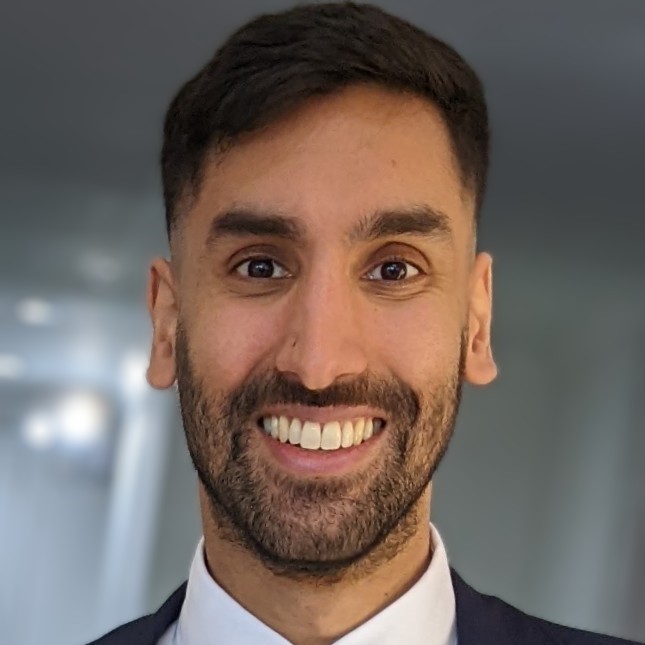

Case study: Nordic Green Ammonia Powered Ships (NoGAPS)

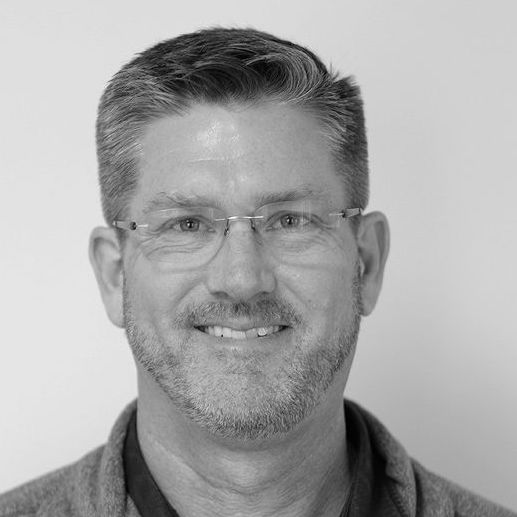
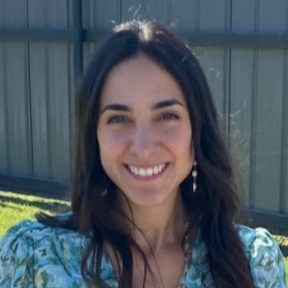

Technology – Value Propositions for Ammonia Fuel in the Power Sector
This interactive workshop session will identify the potentially critical role ammonia can play in the power generation sector, including large-scale ammonia usage in gas turbines and thermal power plants, as well as ammonia as fuel for off-grid power generation. What is the available technology set, and key opportunities and challenges for each? What is the value proposition for these electrons? What is the roadmap for commercial deployment: time frame, regulatory path, R&D requirement?
Featuring:
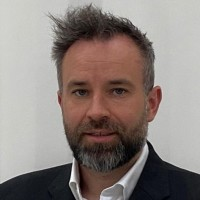
The markets & demand for decentralised ammonia cracking facilities
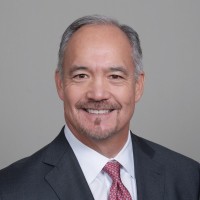
From Japan to North America, Striving for a Low Carbon Future through Advances in Ammonia Production
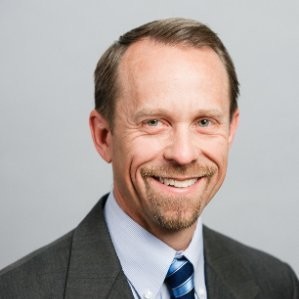

Ammonia Fueled Boilers for decarbonizing power

Low-carbon energy programme in the UK

Making ammonia into the new petroleum

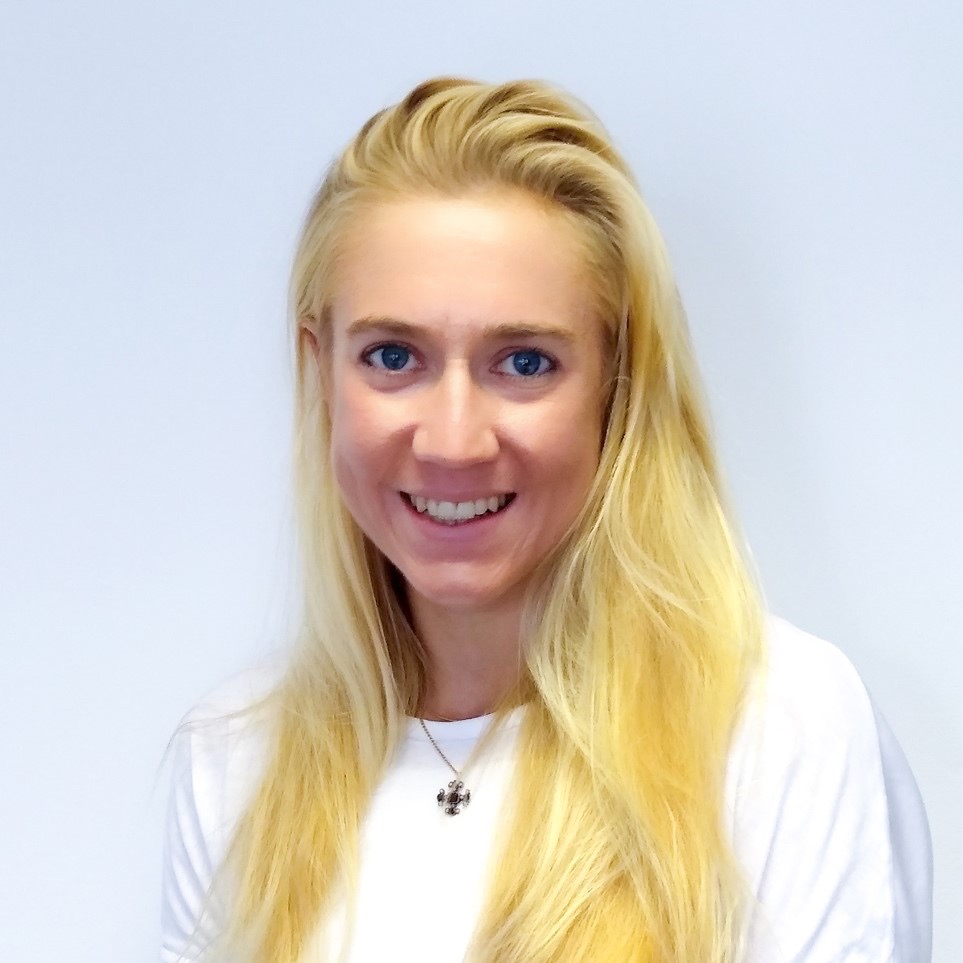
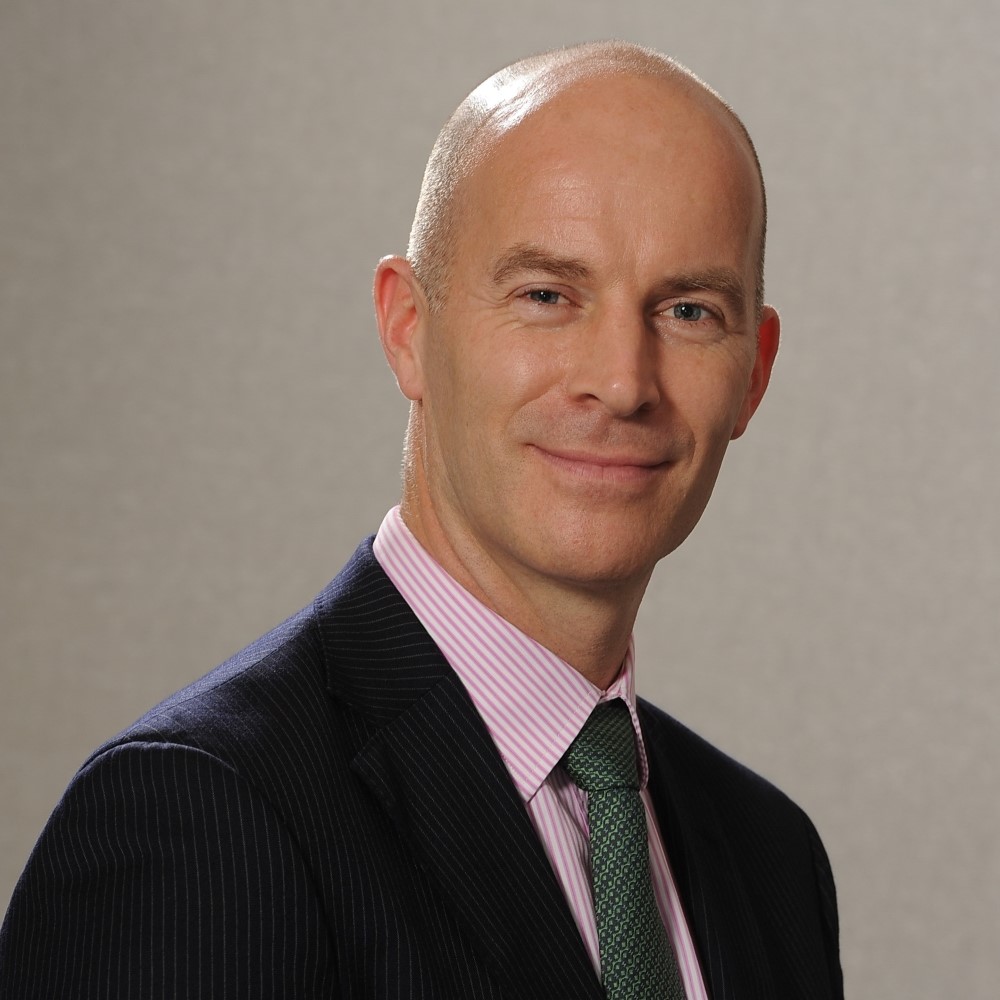
Certification – Registries
In this informative session, representatives from three operating registry platforms will present their platform and explain its operations. This session complements the three prior workshops (and the plenary sessions) by demonstrating how registry platforms are designed and function, based on operational examples. With a focus on transferable lessons for our own work, this session will inform the next steps for implementation of the AEA’s certification system.


Book and Claims in transportation sector: a view on RMI’s developments in aviation and shipping

M-RETS Renewable Thermal Tracking System (RTC) Demo

Safety & Regulation – The Social License for Ammonia as a Fuel
As energy systems drive towards decarbonization, research and development is in place to adopt ammonia as a fuel, including transportation and power generation segments. As a fuel, ammonia does not produce CO2 emissions when combusted directly, and the AEA is developing certification to account for the emissions associated with upstream production. To accelerate the global adoption of these technologies, a clear understanding regarding acceptable emission levels will be required, supporting public confidence in the use of ammonia as a low-emission fuel. In this interactive workshop session, we will present a series of case studies helping us to analyze how we can drive acceptance and ensure social license for ammonia combustion.
Featuring:

Discussions on standardization of clean fuel ammonia

Managing emissions from ammonia-fueled vessels

The climate and environmental impacts of ammonia: Upstream hydrogen emissions



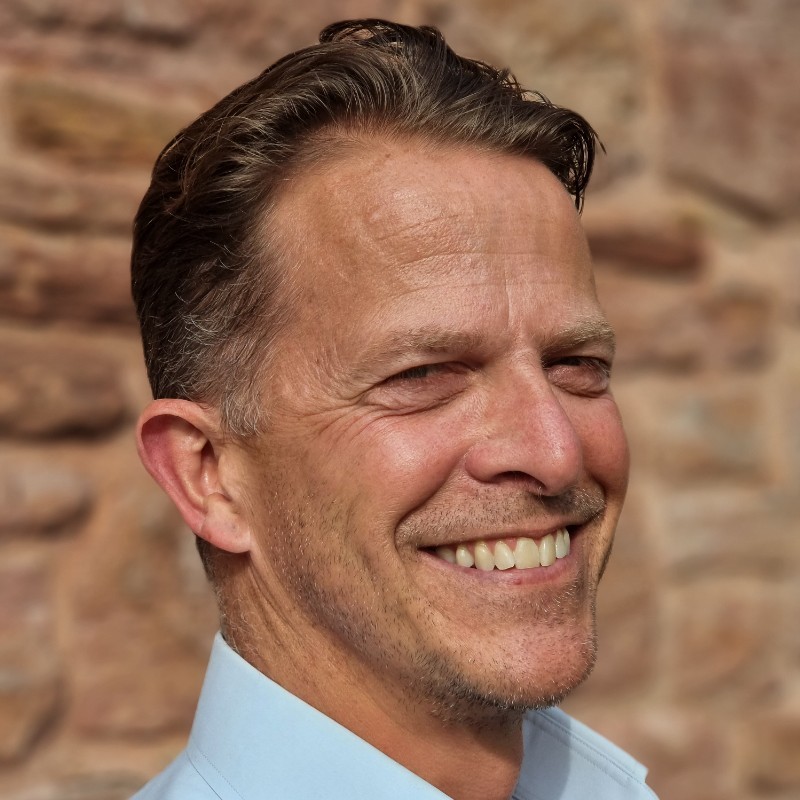

Technology – The Roadmap for Solid Oxide Technologies to Reach Commercial Maturity
Solid oxide electrolysis and fuel cells are both nearly commercial at the industrial scale, with significant relevance for both ammonia production and ammonia fuel use. In this interactive workshop session, we will explore multiple case studies, including integration of steam from the ammonia loop to solid oxide electrolysis, and a solid oxide fuel cell in maritime vessel. What does the roadmap look like for SOECs and SOFCs to reach TRL 8-9?
Featuring:

Solid Oxide Electrolysis: Ready For Deployment as the Right Solution for Green Ammonia

Solid Oxides: The importance of a resilient supply chain for Scaling Up SOEC and SOFC Technologies
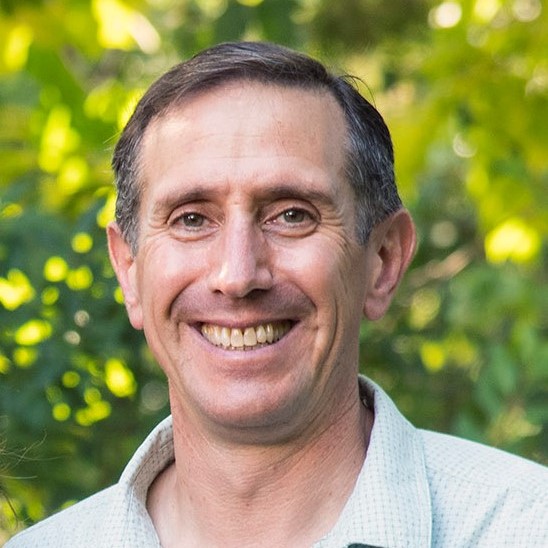
Robust Business Case Leveraging Ceres Low Temperature SOEC Technology
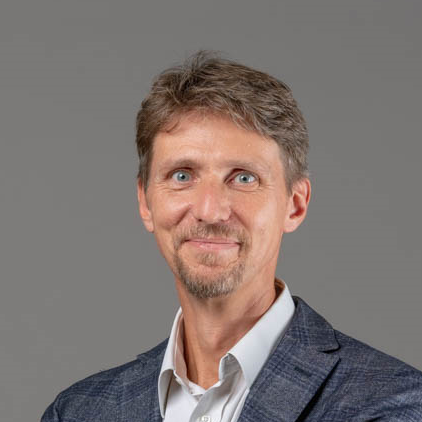
SolydEra: Solid Oxide provider for Green Ammonia production
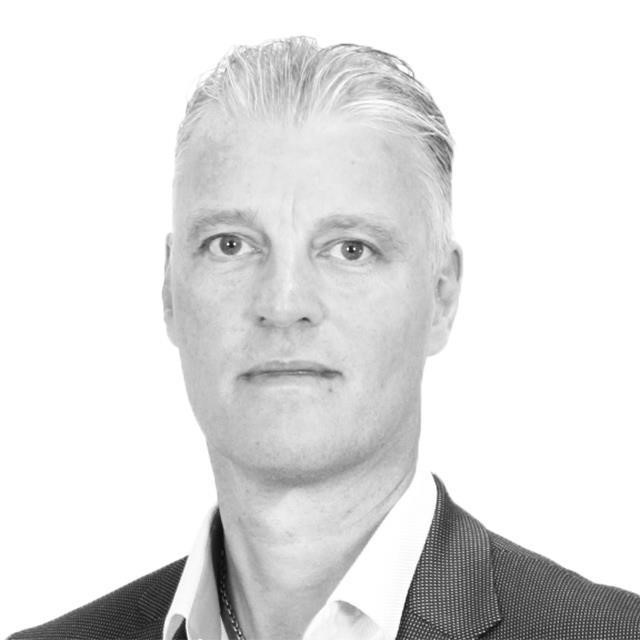
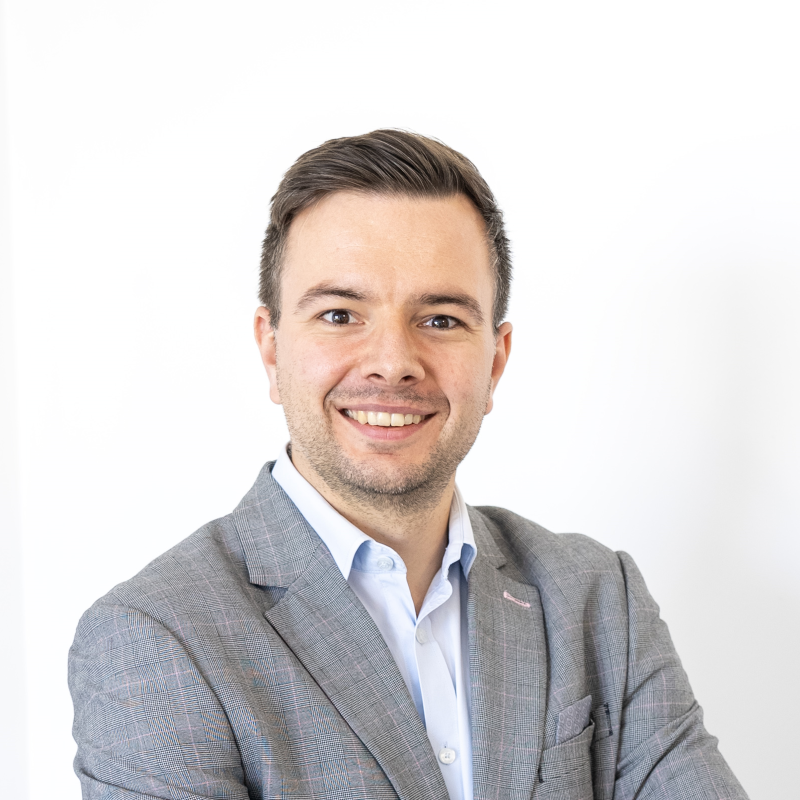
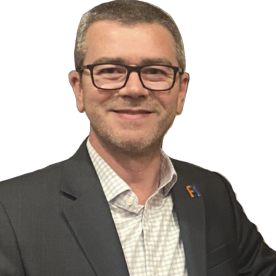

20th Annual Conference Wrap-up – AEA Leadership Perspective: Outcomes and Next Steps
In this interactive closing session, the AEA leadership will review some of the key conversations that have come out of the workshop and plenary sessions, and engage the AEA members and affiliate organizations in a town hall debate on what we’ve learned and what work still lies ahead of us.
Featuring:


